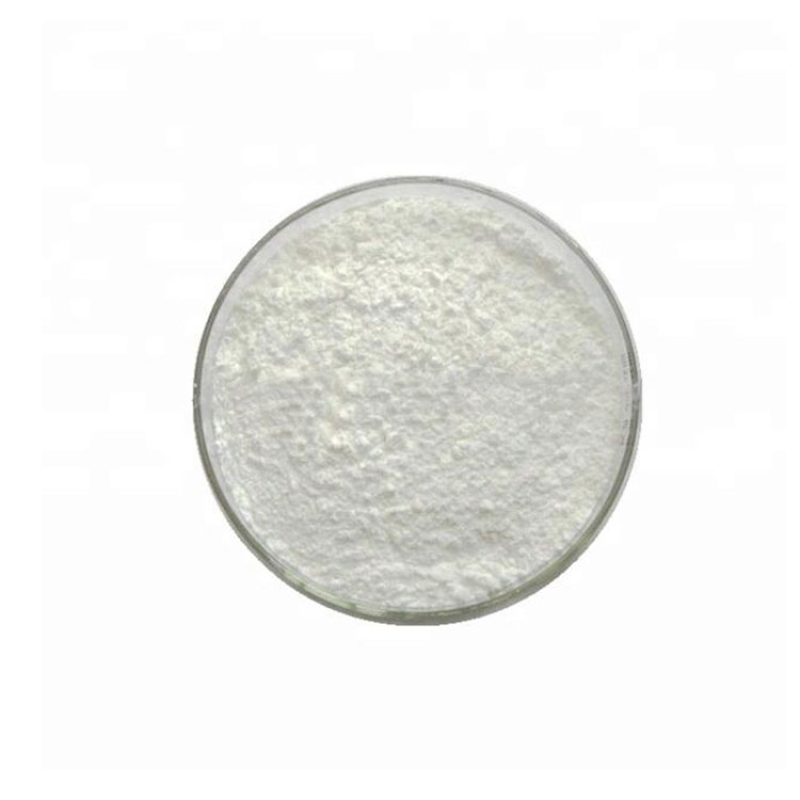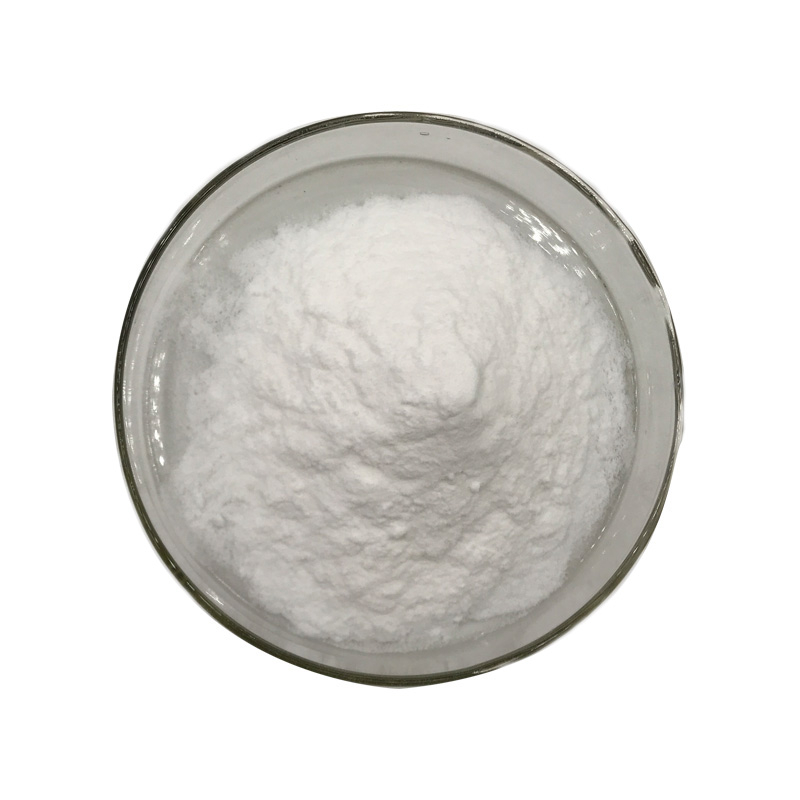Products Description of Ethyl vinyl ether CAS#109-92-2Colorless flammable liquid with active chemical reaction performance. It is easy to polymerize in liquid or gas phase. Industrial products contain inhibitors to prevent polymerization. Freezing point -115℃, boiling point 35-36℃, melting point -115.8℃, relative density 0.754 (20/20℃), refractive index 1.3767, flash point -45.5℃, autoignition point 201.66℃, viscosity (20℃) 0.22mPa·s. Slightly soluble in water, only 0.9% (by weight).
Contact Now
Products Description of Poly(vinyl alcohol)CAS#25213-24-5White powderPoly(vinyl alcohol) Chemical PropertiesMelting point >300 °CEPA Substance Registry SystemVinyl acetate vinyl alcohol polymer (25213-24-5)Safety InformationRisk Statements 23/24/25-36/38-39/23/24/25Safety Statements 26-36/37-45WGK Germany 1RTECS TR8100000 Factory and Equipment ShowFast delivery timeInventory 2-3 working days New production 7-10 working days
Contact Now
Products Description of Diethylene Glycol Ethyl Methyl Ether CAS#1002-67-1Diethylene glycol methyl ethyl ether is a chemical.
Contact Now
Products Description of Glycerol triglycidyl ether CAS#13236-02-7Glycidyl ethers include allyloxyepoxypropane, diglycidyl ether, isopropyl glycidyl ether, butoxye-popropane, diglyeidyl ether (EP-562) and epoxphenoxypropane, etc. They are a group of substances with similar chemical properties and toxic effects. They are colorless liquids with some pungent odors. They have low acute toxicity when in contact with the mouth and skin, and moderate toxicity when in contact with the respiratory tract. They mainly act on the nervous system.
Contact Now
Products Description of 2-[(4-Aminophenyl)sulfonyl]ethyl hydrogen sulfate CAS#2494-89-5White crystals. Soluble in water, insoluble in ethanol, ether and benzene.
Contact Now
Products Description of Ethyl 2-hydroxybenzoate 98% CAS#118-61-6Ethyl salicylate is a colorless oily liquid with a light wintergreen oil aroma. Boiling point is 234℃, melting point is 1.3℃. Soluble in ethanol, ether, acetic acid and most non-volatile oils, slightly soluble in water and glycerin. Used in organic synthesis or preparation of spices, and also used as solvent. The production method is obtained by esterification of o-hydroxybenzoic acid (i.e.
Contact Now
Products Description of Crospovidone CAS#25249-54-1Cross-linked polyvinyl pyrrolidone (PVPP) is a cross-linked polymer that is insoluble in water, strong acids, strong bases and general organic solvents and is polymerized under specific conditions by vinyl pyrrolidone monomers.
Contact Now
Products Description of Ethyl butylacetylaminopropionate CAS#52304-36-6Mosquito repellent, also known as ethyl butyl acetylaminopropionate, BAAPE, IR3535, and Imonin, is a plasticizer and a broad-spectrum, highly effective, low-toxic insect repellent.Ethyl butylacetylaminopropionate Chemical PropertiesMelting point <-20°Boiling point bp0.2 108-110°; bp0.5 126-127°density 0.987±0.06 g/cm3(Predicted)refractive index nD20 1.452-1.455Fp 318°F (159°C)storage temp. Sealed in dry,Room Temperaturesolubility Acetonitrile (Slightly), Chloroform (Slightly), Ethy
Contact Now
Products Description of Diphenyl Ether CAS#101-84-8Diphenyl Ether (CAS#101-84-8) is a colorless crystalline solid or liquid with a mild, pleasant aroma. It is characterized by its colorless appearance and melts at a point around 81 °F (27.2 °C). When the temperature exceeds this melting point, it transforms into a colorless liquid. Diphenyl Ether is known for its distinct, strong floral-green, metallic geranium-like scent and is insoluble in water.This chemical is widely used as a heat transfer medium due to its thermal stability and low vapor pressure.
Contact Now
Products Description of Dioctyl sebacate CAS#122-62-3Dioctyl sebacate, also known as bis-2-ethylhexyl sebacate, referred to as DOS, is made by esterification of sebacic acid and 2-ethylhexanol. It is suitable for polyvinyl chloride, vinyl chloride copolymers, nitrocellulose, ethyl cellulose and synthetic rubber. It has high plasticizing efficiency and low volatility. It has excellent cold resistance, good heat resistance, light resistance and electrical insulation. It also has good lubricity when heated, making the product look good and feel good.
Contact Now
Products Description of NICARBAZINE CAS#330-95-0Nicarbazin is a complex of dinitrocarbamide and hydroxydimethylpyrimidine. It is a yellow or yellow-green powder; odorless, with a slight odor. This product is slightly soluble in dimethylformamide, insoluble in water, ethanol, ethyl acetate, chloroform, and ether.
Contact Now
Products Description of Neopentyl glycol diglycidyl ether CAS#17557-23-2Slightly yellow transparent liquid. Soluble in organic solvents such as ketone and benzene.
Contact Now
Products Description of 2-Ethyl anthraquinoneCAS#84-51-5Pale yellow solid, melting point lower than anthraquinone, soluble in benzene, can be recrystallized from ethanol or acetic acid, melting point 108℃.2-Ethyl anthraquinone Chemical PropertiesMelting point 108-111 °C (lit.)Boiling point 180-190°Cdensity 1.27 g/cm3 (21℃)vapor pressure <1 hPa (25 °C)refractive index 1.6290 (estimate)Fp >210°Cstorage temp. Store below +30°C.solubility 0.00025g/lform powder to crystalcolor Light yellow to Amber to Dark greenWater Solubility Insol
Contact Now
Products Description of Isosorbide dimethyl ether CAS#5306-85-4 Isosorbide dimethyl ether is a colorless oily liquid. It is very stable under neutral conditions, hygroscopic, and miscible with many organic solvents. It is often used as a solvent. DMI can promote the penetration of active ingredients into the epidermis of the skin and give full play to the effectiveness of active ingredients.
Contact Now
Products Description of Potassium phosphate CAS#778-53-21-Ethyl-2-pyrrolidone is a transdermal absorption-enhancing compound and mechanism of its effect on multilammellar liposome of stratum corneum lipid has been studied.N-Ethyl-2-pyrrolidone is commonly used as a solvent. It has a low boiling point, which makes it suitable for use in low light and at constant pressure. It is also used as an intermediate in the preparation of polycarboxylic acid.
Contact Now
Products Description of Ethyl 2-ethylacetoacetate CAS#607-97-6Used as an intermediate of the drug rebapidEthyl 2-ethylacetoacetate Chemical PropertiesMelting point 170 °C (decomp)Boiling point 87-189 °C/743 mmHg (lit.)density 0.981 g/mL at 25 °C (lit.)refractive index n20/D 1.421(lit.)Fp >230 °Fstorage temp. Keep in dark place,Sealed in dry,Room Temperaturesolubility Chloroform (Slightly), Methanol (Slightly)pka12.02±0.46(Predicted)form Liquidcolor Colorless to pale yellowOdorat 100.00 %.
Contact Now
Products Description of Nicarbazin CAS#330-95-0Nicarbazine is a complex of dinitrodiphenylurea and hydroxydimethylpyrimidine. It is a yellow or yellow-green powder; odorless, with a slight peculiar smell. This product is slightly soluble in dimethylformamide and insoluble in water, ethanol, ethyl acetate, chloroform and ether.
Contact Now
Products Description of Ethyl Chloroacetate CAS#105-39-5Ethyl chloroacetate is an organic compound, mainly used as a solvent and can also be used in organic synthesis.Ethyl chloroacetate Chemical PropertiesMelting point -26 °C (lit.)Boiling point 143 °C (lit.)density 1.145 g/mL at 25 °C (lit.)vapor density 4.23 (vs air)vapor pressure 10 mm Hg ( 38 °C)refractive index n20/D 1.421(lit.)Fp 150 °Fstorage temp. Store below +30°C.solubility 12.3g/lform Liquidcolor Clear colorlessOdorExtremely irritating; fruity; pungentexplosive l
Contact Now
Diethylene Glycol Monobutyl Ether CAS# 112-34-5Diethylene glycol mono-n-butyl ether has a wide variety of applications in Chiral chemistry and green chemistry. It is also used in cosmetics. It is used as diluents and leveling agents in the manufacture of paints and in baking. It is also used in the manufacture of nitrocellulose. In brake fluid, it is used as an additive. It is used in the printing industry due to its slow evaporation rate. It is also used as a fixative for perfumes and antiseptics.
Contact Now
Products Description of Diisopropyl Ether (99%min) CAS#108-20-3Diisopropyl ether is a good solvent for animal, vegetable and mineral oils and fats, and can be used to extract nicotine from tobacco. It is also a good solvent for paraffin and resin. In industry, diisopropyl ether is often mixed with other solvents and applied to paraffin-based oils. The dewaxing process of the product. As a solvent, it is also used in pharmaceuticals, smokeless gunpowder chemical books, coatings and paint cleaning, etc.
Contact Now
Products Description of Polysorbate 20 CAS#9005-64-5Appearance: amber viscous liquid, with slight special odor, slightly bitter taste. Relative density is 1.08-1.13, boiling point is 321℃. Soluble in water, ethanol, methanol and ethyl acetate, insoluble in mineral oil and petroleum ether. HLB value is 16.7. Oral LD50 of rats is 37g/kg, Adl0-25mg/kg (FAO/WHO, 1994).
Contact Now
Products Description of 2,2-Dimorpholinodiethylether CAS#6425-39-42,2-Dimorpholinyl diethyl ether is a transparent liquid.2,2-Dimorpholinodiethylether Chemical PropertiesMelting point -28 °CBoiling point 309 °C (lit.)density 1.06 g/mL at 25 °C (lit.)vapor pressure 66Pa at 20℃refractive index n20/D 1.484(lit.)Fp 295 °Fstorage temp. 2-8°Csolubility Chloroform (Slightly), Ethyl Acetate (Slightly)form Oilpka6.92±0.10(Predicted)color Pale Brown to Light BrownWater Solubility 100g/L at 20℃InChIKeyZMSQJSMSLXVTKN-UHFFFAOYSA-NLogP0.5
Contact Now
Dimethoxymethane CAS#109-87-5Chemical Properties:Dimethoxymethane, also called methylal, is a colorless flammable liquid with a low boiling point, low viscosity and excellent dissolving power. It is stable in the presence of alkalis and mild acids, and to high temperatures and pressures. It differs from other ethers in that it forms only minute omounts of peroxides. It will dissolve such synthetic resins as nitrocellulose, cellulose acetate and propionate, ethyl cellulose, vinyl, "Epons" and polystyrene, and also many of the natural gums and waxes.
Contact Now
Products Description of 3-Ethyl-3-oxetanemethanolCAS#3047-32-3Mainly used for UV polymerization, synthesis of coatings and resins.
Contact Now






![2-[(4-Aminophenyl)sulfonyl]ethyl hydrogen sulfate CAS#2494-89-5](https://d3rnfhc14zcmdf.cloudfront.net/cdn/ff/zZzg_lRqIZ9Z-CjQBN9JQD7mHmr_8o1Ac1pA77EgT-I/1718527026/public/styles/chanpinzhutu/public/2024-06/Chlorobutanol_58.jpg?itok=G46_f_7M)


























